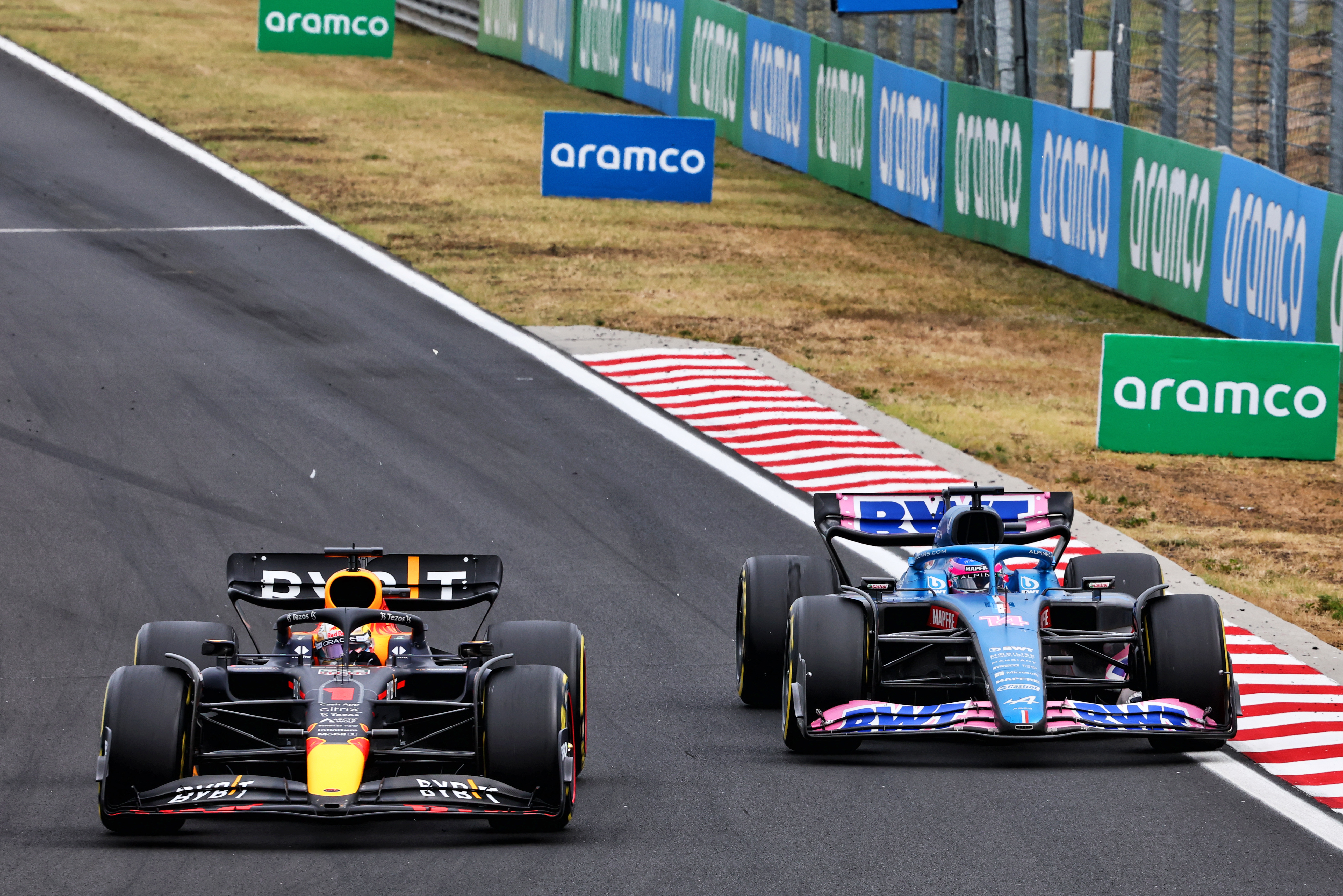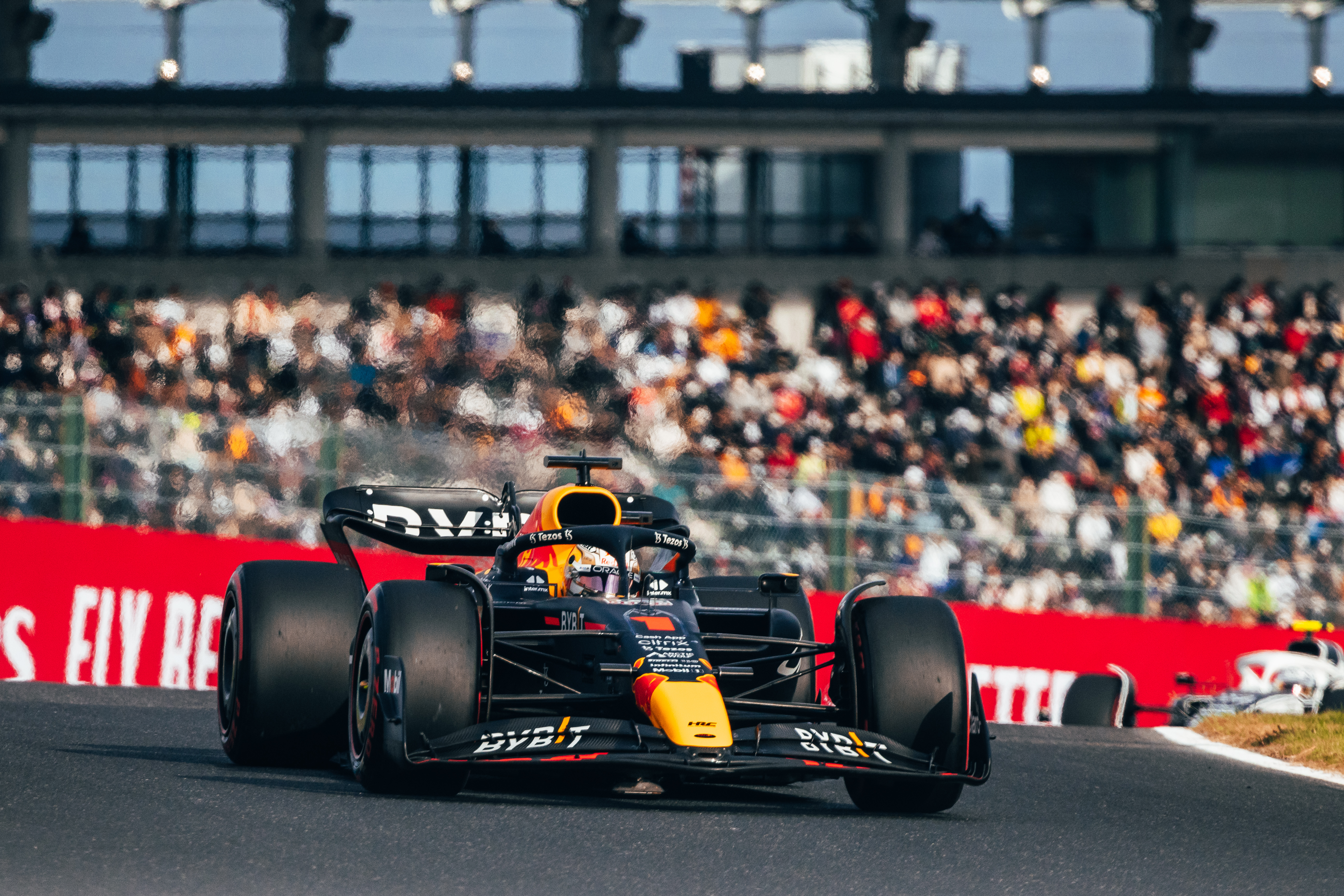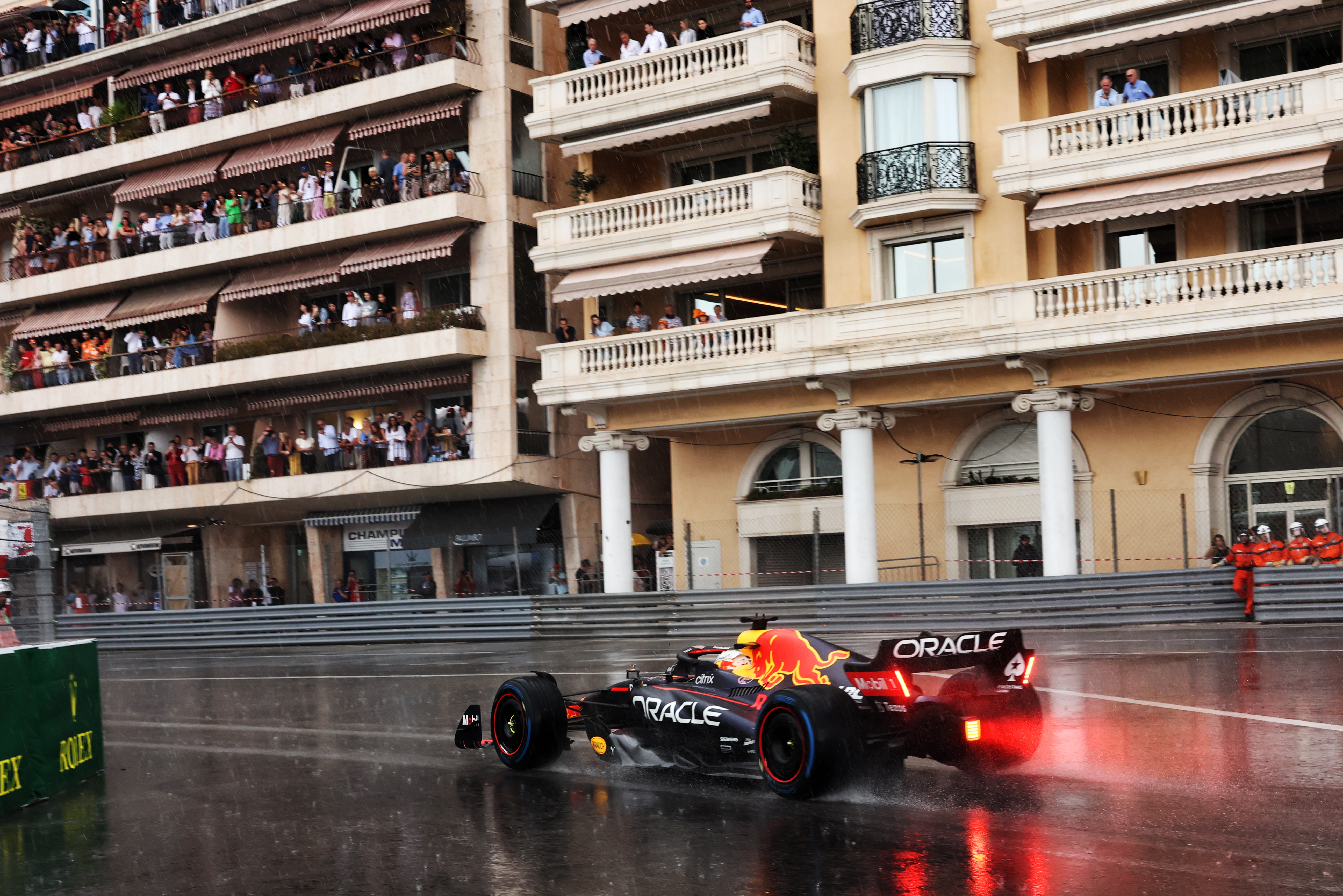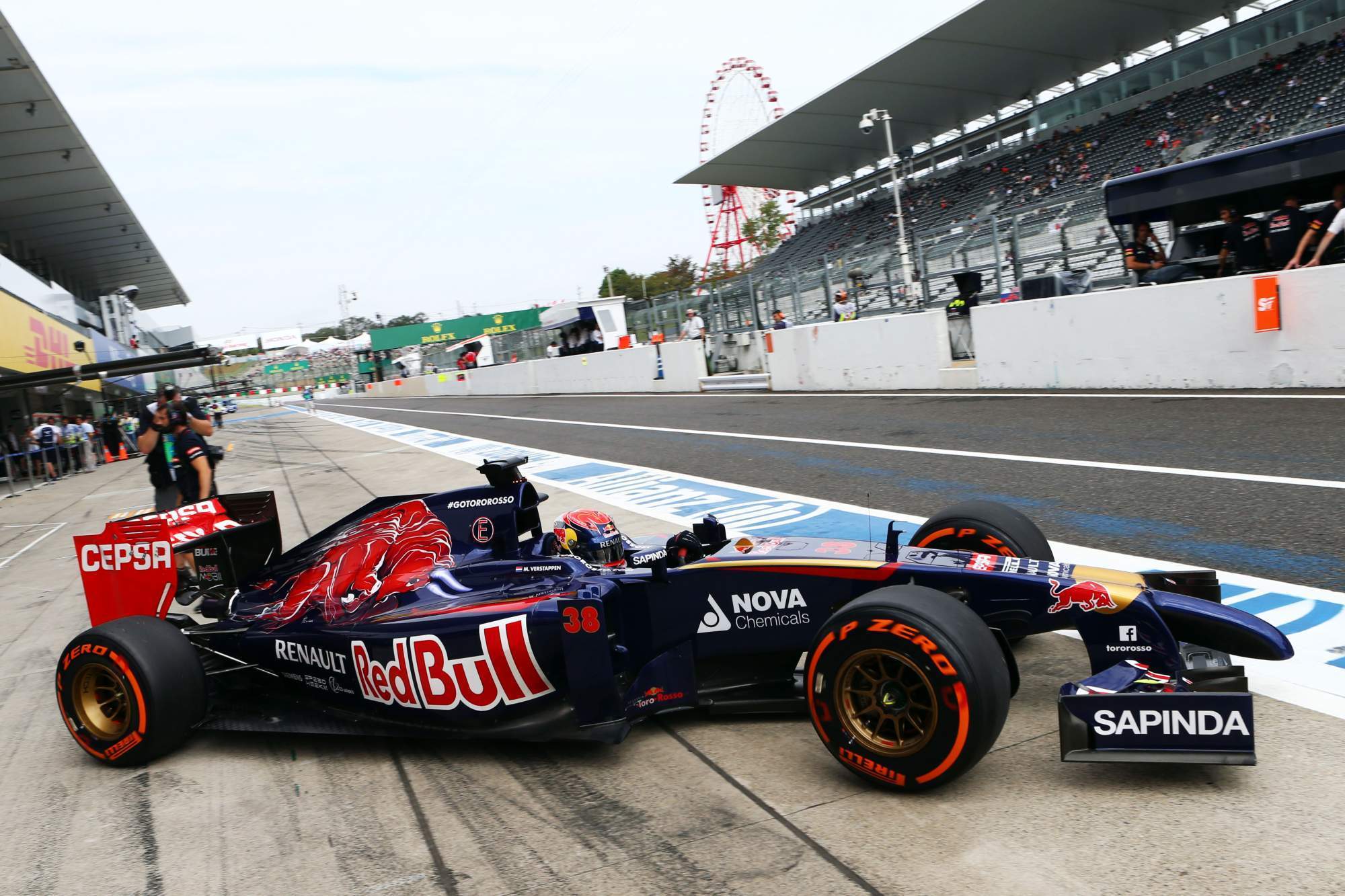Max Verstappen is no longer just a member of the exclusive club of Formula 1 championship winners, but part of the even rarer collection of double world champions.
Winning back-to-back titles is no easy feat. Within that, though, there is also a special sub-section Verstappen is now a part of: winning across a major rules change.
This is more of a ‘modern’ phenomenon, and an achievement earned through a range of magnitudes of changes by the likes of Michael Schumacher, Fernando Alonso, Sebastian Vettel and Lewis Hamilton.
A driver is heavily dependent on their team to achieve this. Verstappen wouldn’t be world champion if Red Bull and Mercedes switched positions this season. However, the best drivers find themselves with these opportunities for a reason, and they do an outstanding job with these opportunities because of how good they are.
Adaptability is a definitive trait of elite drivers. Though they may not be immune to the challenges of new rules, changing conditions, different circumstances, they are invariably more capable of taking them on. Alonso looks at it from the perspective of how some drivers, like Verstappen, quickly get to the limit of the car.
“You cannot teach that,” the two-time world champion says.
“I think it has to come from yourself. There are drivers that they need more time, they need to study more data, they need all the Friday to analyse and compare with a team-mate and slowly make little steps until they are 100% ready for qualifying.

“And there are others that are 100% in FP1. Max is one of those and he has been always like that from go-karts to now. It should not be a surprise for anyone.”
It’s an oversimplification to say “you cannot teach that” but in the nature versus nurture debate, Verstappen has strong factors on both sides.
Driving’s in the genes, thanks to his racing parents. And Verstappen’s training in karts, led by his father Jos and his controversial methods, meant that any natural ability was relentlessly honed over many years.
“It’s practice as well, and in general understanding what to do,” says Verstappen.
“You can practice it, but you also need to understand what you’re practising. From a young age, my dad has been working a lot with me to try and understand changes on the kart at the time.
“Because at the end of the day, the mechanics are pretty similar. It just is more advanced in Formula 1. But going out and actually really feeling what is the difference [is important].
“And it’s the same with the car now, in the beginning, what do you have to do to try and go faster? And really try to adapt to that as quickly as possible.
“That’s the same if you’re driving into dry and suddenly it starts raining, you have to adapt really quickly or the other way around. So that’s things you learned from a young age.”
He gets in, and gets on with it. Verstappen drives with heightened sensitivities even compared to a good grand prix driver, which makes him adept at balancing a car on a knife’s edge.

This was most effective in the high-rake Red Bulls and has become more important as the 2022 season has developed and Red Bull has made its RB18 lighter and shifted the balance more towards the nose.
There’s a finite limit to how much this was possible because the 2022 cars in general are just heavy machines with an aerodynamic centre of pressure that’s further forward.
The notable Verstappen vulnerability to this in 2022 was Monaco, where he struggled when the car was in one of its earliest, heaviest, understeer-iest phases. Sergio Perez simply got to the limit quicker – although Verstappen chipped away at it and was a pole position contender before a red flag on the final Q3 runs, sparked by a Perez spin.
In general, though, Verstappen has been just as effective with the 2022 Red Bull as he was with the 2021 car. That’s despite it being a very different animal.
“It’s very different,” says Verstappen of the 2022 car. “Just the feeling, and the seating position is very different.
“But the more you drive, the more normal it feels. Probably if I jump back in last year’s car that feels completely wrong or weird, at least compared to what we’re driving now.”
And adaptability is not confined to specifically getting on top of new cars. Alonso says that Red Bull and Verstappen have been “outstanding” this season even without a superior car for much of it.
Verstappen’s part in that was an almost flawless consistency.
“Some of the drives have been just simply outstanding this year under enormous pressure,” says Red Bull team boss Christian Horner.
“He’s just constantly delivered. He’s just grabbed every single opportunity.”

Verstappen’s qualifying performances have been strong and he’s raced well. He’s a keen improviser in the moment, willing to try new lines to find where the grip is, and can adapt his technique lap-to-lap depending on what’s best to get the rotation required in the car.
It’s made him devastatingly effective in all types of conditions and race situations. That’s why he’s won on street tracks and conventional circuits, in wet races, dry races and wet-dry races, and from as low as 14th on the grid. To have only five poles but 12 victories speaks volumes for the job he has done this year and he takes pride in the range of wins he’s enjoyed.
“Last year I always started first or second, this year I’ve also started way back and still won the race,” says Verstappen.
“They have also been really rewarding, the race in Hungary for example. Even Spa, of course, it looks easy, but you have to stay out of trouble on the first lap, which wasn’t easy because everyone was all over the place and I had to make sure I didn’t have any damage.
“And then again in Monza, a lot can happen in that first chicane, I put myself out of trouble by having a good start.
“Sometimes when you look back at the wins this year, they look easy. But I have come from quite far back.”
He’s come a long way from his first ever F1 outing, too. Beyond the emotional ties of this being the home race for Red Bull’s engine partner Honda, Suzuka was a fitting scene for Verstappen’s coronation for it was the scene of his grand prix weekend debut as a 17-year-old in 2014.

His unfussy, composed performance in that FP1 session for Toro Rosso made it clear that he was, astonishingly, ready for F1 at such a young age. It also began with a beautiful drift onto the start-finish straight to begin his first flying lap, which was fully committed and borderline wild in place – but just about controlled.
It showed a level of confidence and car manipulation that is rarely demonstrated by FP1 debutants let alone drivers of such inexperience and age. That still underpins the way Verstappen drives today.
Parts of the journey from his FP1 debut to his second world championship success have been messy. But the underlying qualities have always been there. They were first visible to the F1 world at Suzuka eight years ago and have taken him to this peak today.
“He’s an exceptional talent,” says Red Bull’s chief engineer Paul Monaghan.
“Don’t forget that you have to adapt even in a race. You go from new tyres to used tyres, you go from high fuel loads to low fuel, in traffic and out of traffic, safety cars.
“All those things that get thrown at you, he’s not fazed.
“In Max, maybe we have a truly exceptional driver.
“We’re very blessed, and better work hard and hang on to him and keep him happy, hadn’t we?”



